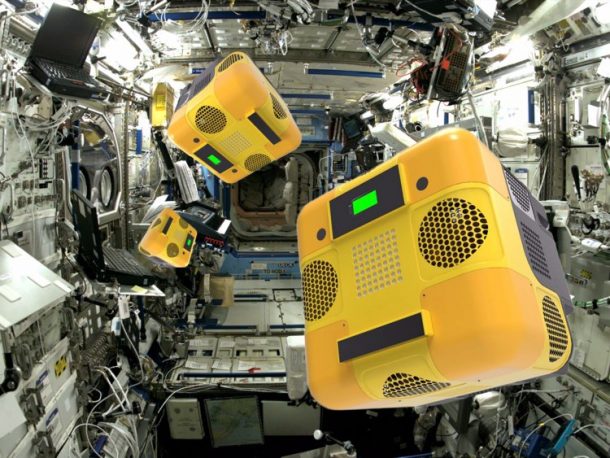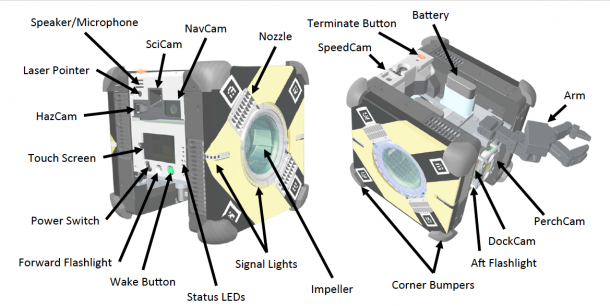Freelancer and NASA have come together in order to crowdsource designs for a robotic arm for the new Astrobee robot. This partnership means NASA will be giving out a total of $25,000 over the next few months in the numerous contests it is holding to seek solutions for the arm.
“Each contest has been defined to be solvable on its own, but you may choose to compete in as many contests as you wish. Winning solutions may be incorporated into the robotic arm design and used with Astrobee for years to come,” reads the Freelancer page.
The initiative taken is called the NASA Robotic Arm Challenges. This will see a number of contests with prizes ranging from $250 to $5,000. The subject of the initiative is the Astrobee robot that is currently being developed by the NASA Game Changing Development Program and is set to be launched to the ISS in 2019.
NASA’s statement says that the Astrobee robot is being designed to “help scientists and engineers develop and test technologies for use in zero-gravity; help the astronauts do their routine chores; and give flight controllers in Houston additional eyes and ears on spacecraft.”

The Astrobee is the latest of the developments to come out of NASA’s SPHERES (Synchronized Position Hold Engage and Reorient Experimental Satellites) research. This research consists of 3 free flying satellites on the ISS. These satellites have been cruising in the space station since 2006 have spent over 600 hours in research experiments.
The satellites have always been used to serve on a scientific platform but that is about to change with Astrobee. The robot is actually supposed to assist the ISS astronauts once completed and has a number of capabilities which include analyzing air quality and retrieving the location of tools on board the ship. It also has an autonomous mode which will allow it to venture outside the ISS on trips to Mars.

The Astrobee robot can be remotely accessed from the Earth enabling scientists to interact with astronauts and the experiments on the ISS. The robot can also recharge itself on the dock and do not depend on disposable battery packs like the other robots.
The robot is also designed in such a way that it can perform housekeeping tasks. We will have to wait until it is officially launched before we can see it in action. If you have what it takes to help, then try your hand at NASA’s Robotic Arm Challenges.


